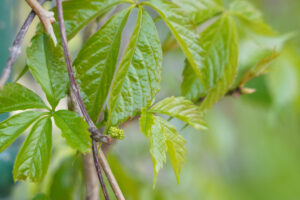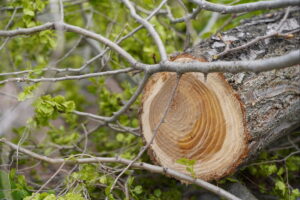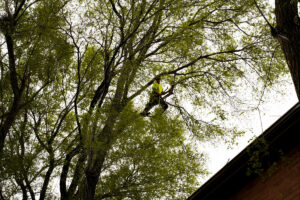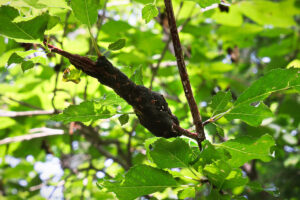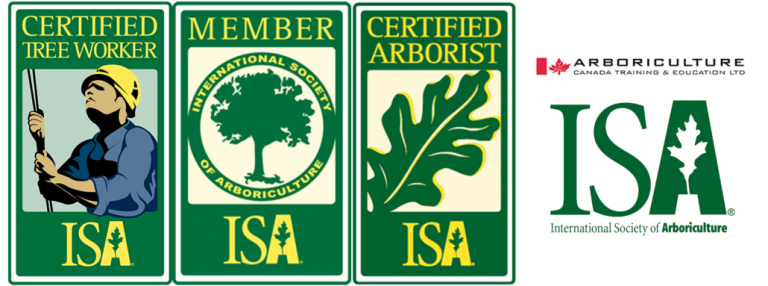Protect Your Non-Native Trees in the Winter
It\’s not only wind storms and hail that can damage trees. Cold weather can also wreak havoc, especially on non-native trees typically suited for other climate zones. If you have temperate forest trees, flowering plants from warmer regions, or fruit trees originally from nearer the Equator, the upcoming winter can be harsh. Make sure you know the signs on encroaching cold weather damage and how to minimize them.
How does cold weather affect trees and plants?
Trees rely on a healthy system of working roots to stay hydrated and strong. If those roots are damaged or the cold weather reduces the tree\’s growth. Then the roots are less effective and disease or rot can set in. Non-native species tend to not have the inbuilt protections and behavior cycles that local plant variations do. So every storm or temperature drop is like a snap freeze on an unprotected system. Once the temperature dips below freezing, then the tree also can\’t conduct water through the trunk and the tree\’s underlying tissue gets damaged.
What can you do to protect your trees?
Proactive maintenance is always best; before you plant, or before you plant another, cultivate plants from warmer regions in a sunny section of your yard that is protected from northern winds. You can also cover your smaller trees during sudden storms and freezes by using boxes and blankets, but you can only keep your tree covered for a couple of days before you risk damaging it. If your trees are too large to cover, wrapping the trunk should mitigate the damage.
Once damage sets in, the best thing you can do is call a tree care specialist. Most rot and disease can be stopped in its tracks, but only if it\’s caught quickly and treated correctly.
For tips or to get your trees inspected for damage you can follow along on Facebook and Instagram, or you can contact us here if you have any questions.

